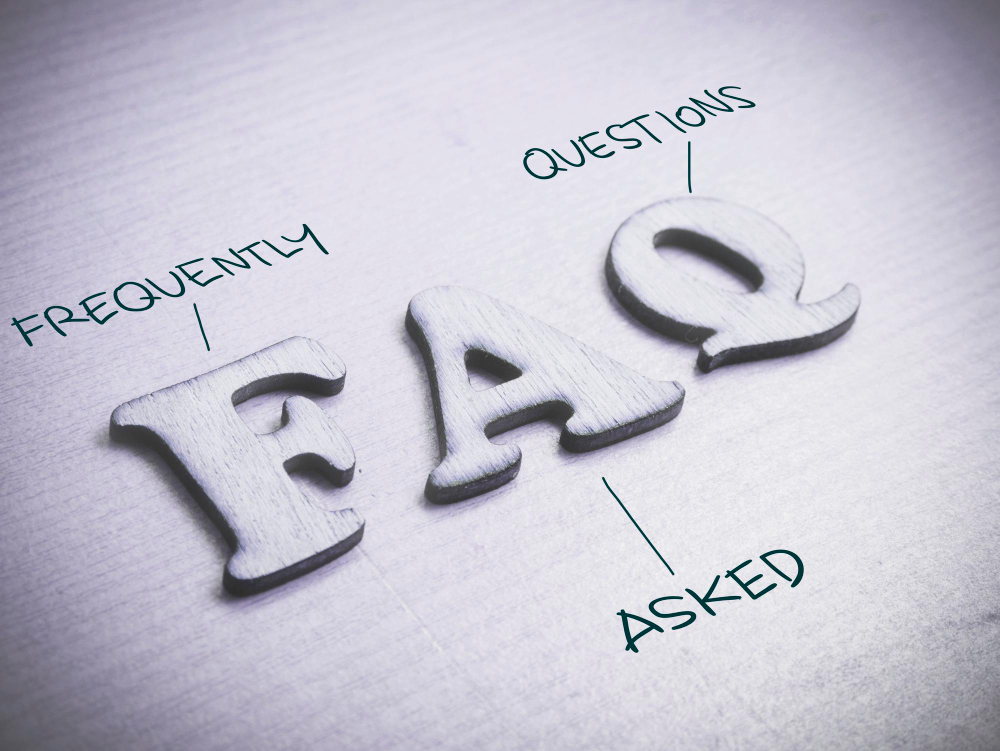In the highly specialized medical device industry, success hinges on understanding your key accounts at a granular level. With purchasing decisions often involving multiple stakeholders—surgeons, administrators, and procurement teams—standardized approaches simply won’t cut it. This is where Key Account Intelligence and Account-Based Marketing (ABM) join forces to create highly personalized, results-driven strategies. From navigating the complexities of Integrated Delivery Networks (IDNs) to standing out in competitive RFP processes, leveraging the right insights can make the difference between being a vendor and becoming a trusted partner.
In this blog, we answer some of the most pressing and specific questions about combining key account intelligence with ABM in the medical device sector. Along the way, we’ll share actionable examples to demonstrate how tailored strategies can drive better engagement, faster decisions, and higher revenue growth.
1. How can key account intelligence help target Integrated Delivery Networks (IDNs) for medical device sales?
Answer:
Key account intelligence helps identify the unique purchasing priorities and protocols of IDNs, such as standardization of equipment across facilities or cost containment strategies. By understanding these factors, you can create tailored ABM campaigns that address their specific needs.
Use Case:
An IDN operating multiple hospitals prioritizes vendor consolidation. A medical device company uses account intelligence to highlight how their full product portfolio supports multiple specialties, reducing vendor complexity and costs.
2. How do you identify key stakeholders within hospital purchasing committees for high-value medical devices?
Answer:
Key stakeholders often include surgeons, department heads, procurement officers, and administrators. Using key account intelligence, you can map the decision-making hierarchy, identify the influencers, and craft ABM content that addresses each stakeholder’s unique concerns.
Use Case:
When promoting a surgical robotic system, intelligence revealed that procurement cared about ROI, surgeons prioritized ease of use, and administrators wanted faster patient turnaround. The ABM campaign addressed these angles through case studies, training demos, and financial models.
3. How do you position a premium medical device to hospitals that are budget-conscious?
Answer:
Key account intelligence can uncover whether a hospital prioritizes long-term cost savings, patient outcomes, or compliance with new regulations. Tailor ABM efforts to emphasize these benefits, showing the value beyond the initial price.
Use Case:
A company pitching an advanced imaging device learned the hospital needed to comply with updated diagnostic regulations. They crafted an ABM campaign highlighting how their device exceeded compliance standards, saving future costs related to regulatory penalties.
4. How can ABM address differing priorities between surgeons and hospital administrators for medical devices?
Answer:
Surgeons often prioritize performance and patient outcomes, while administrators focus on costs and operational efficiency. Key account intelligence enables ABM campaigns to create segmented messaging that speaks to both groups while showing overall alignment.
Use Case:
For a new orthopedic implant, ABM materials included clinical trial data for surgeons, while administrators received a financial analysis showing reduced readmission rates and total cost of care improvements.
5. What strategies work for penetrating academic medical centers (AMCs) using ABM?
Answer:
Academic medical centers often prioritize research capabilities, advanced technology, and opportunities for clinical trials. Key account intelligence helps position your device as a tool for innovation and education.
Use Case:
A medical device company discovered an AMC’s focus on pioneering minimally invasive surgery techniques. The ABM campaign highlighted how their device could support advanced research and included offers for exclusive clinical trial partnerships.
6. How do you use key account intelligence to differentiate in a highly competitive RFP process for medical devices?
Answer:
Key account intelligence helps identify what matters most in the RFP criteria—be it pricing, support, or unique features. ABM campaigns can then focus on differentiating your offering based on these insights.
Use Case:
When competing for an RFP for ventilators, intelligence revealed that the hospital valued training and customer support. The ABM strategy emphasized 24/7 tech support, onsite training programs, and a dedicated account manager, winning the deal.
7. How do you address resistance to change from clinicians when introducing new medical devices?
Answer:
Key account intelligence can uncover specific pain points or concerns clinicians have about adopting new technology, such as learning curves or impact on workflows. ABM campaigns should provide reassurance through testimonials, training resources, and clear value demonstrations.
Use Case:
For a hospital hesitant to adopt a new infusion pump system, the ABM campaign included video testimonials from peer hospitals, an interactive demo to showcase ease of use, and on-demand training for staff.
8. How do regional healthcare trends influence ABM for medical devices?
Answer:
Regional trends, such as increased focus on outpatient care or telemedicine, shape the priorities of healthcare providers. Key account intelligence helps tailor ABM efforts to reflect these regional preferences.
Use Case:
A device company targeting outpatient surgical centers in the Midwest used intelligence showing a rise in minimally invasive procedures. Their ABM campaign emphasized how their equipment reduced recovery times and improved patient satisfaction.
9. How do you personalize ABM campaigns for small community hospitals versus large health systems?
Answer:
Community hospitals often focus on affordability and ease of integration, while large health systems prioritize scalability and standardization. Key account intelligence helps craft tailored ABM messages for these diverse needs.
Use Case:
For a community hospital, ABM content highlighted the low upfront cost and ease of deployment of a portable diagnostic device. For a health system, messaging focused on fleet management capabilities and seamless integration with existing infrastructure.
10. How can ABM campaigns demonstrate ROI for capital-intensive medical devices like surgical robots?
Answer:
Key account intelligence enables ABM campaigns to provide specific, data-driven ROI calculations, such as reduced length of hospital stays, increased patient throughput, or lower staffing costs.
Use Case:
An ABM campaign for a robotic surgery system used hospital-specific data to estimate a 15% increase in surgical volume and a 10% reduction in postoperative complications, directly linking the purchase to financial and operational benefits.
11. What role does regulatory compliance play in ABM for medical devices?
Answer:
Regulatory requirements influence purchasing decisions heavily. Key account intelligence helps ensure ABM messaging emphasizes compliance, safety, and certifications relevant to the account’s needs.
Use Case:
An ABM campaign for a diagnostic imaging device highlighted its FDA approval and adherence to European CE standards, reassuring a hospital group expanding into international markets.
12. How do you integrate clinical trial data into ABM campaigns effectively?
Answer:
Using key account intelligence, identify accounts where clinical outcomes are a major decision factor. Incorporate relevant trial data into ABM materials, making it easy to understand and actionable.
Use Case:
To promote an implantable cardioverter-defibrillator (ICD), the ABM campaign used trial data showing a 30% reduction in cardiac event recurrence. This was paired with physician testimonials from hospitals similar to the target account.
Conclusion: FAQs KAI in Medical Devices
Combining Key Account Intelligence with ABM isn’t just a marketing tactic—it’s a strategic advantage in the competitive medical device industry. By understanding your key accounts on a deeper level, you can create highly personalized campaigns that address unique pain points, align with stakeholder priorities, and showcase measurable value. Whether you’re targeting IDNs, academic medical centers, or community hospitals, the ability to deliver relevant, insight-driven content builds stronger relationships and accelerates growth.
Ready to elevate your account strategies? With Cognition’s Key Account Intelligence solutions, you can unlock deeper customer insights, craft hyper-targeted ABM campaigns, and drive success in the medical device market. Contact us today to learn how our solutions can transform your approach and help you stand out in a crowded marketplace.






 Hi, This is Emma. Let’s get the conversation started!
Hi, This is Emma. Let’s get the conversation started!